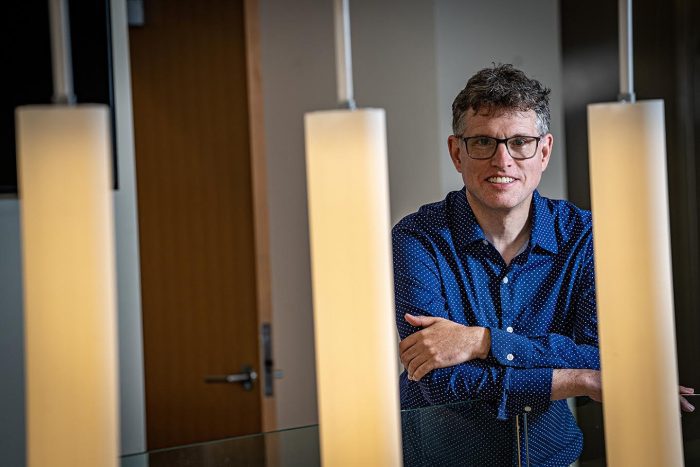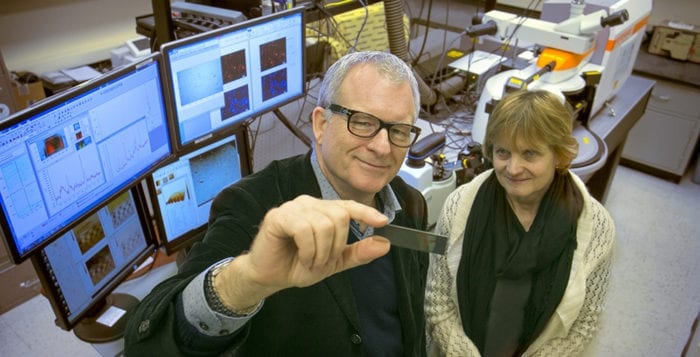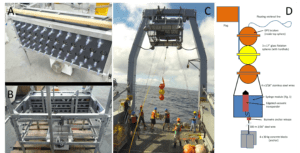Stony Brook University’s Gordon T. Taylor, Katherine B. Aubrecht, and Michael A. Bender were recently named 2024 American Association for the Advancement of Science (AAAS) Fellows.
The AAAS Fellows program was first established in 1874. To be considered as a Fellow, AAAS members must be nominated by the Steering Committee of their respective sections by three Fellows or the CEO of AAAS. Nominations are reviewed by the AAAS Council, which then votes on the nominations. To become an AAAS Fellow is a lifetime honor.
“This year’s class of Fellows are the embodiment of scientific excellence and service to our communities,” said Sudip S. Parikh, Ph.D., AAAS chief executive officer and executive publisher of the Science family of journals. “At a time when the future of the scientific enterprise in the U.S. and around the world is uncertain, their work demonstrates the value of sustained investment in science and engineering.”
“I warmly congratulate our newest AAAS fellows for this well-deserved and impressive recognition of their work and its importance to society,” said Carl W. Lejuez, executive vice president and provost. “We are proud that over the years about a dozen of our current faculty have been named AAAS fellows in a broad range of fields, including political science, psychology, creative writing and math and of course marine science and chemistry. Honors like these underscore our flagship status and Stony Brook’s value to our region and our nation.”
As AAAS Fellows, Taylor, Aubrecht, and Bender join a class of 471 scientists, engineers, and innovators. Together, they make up the ranks of distinguished scientists, engineers, and innovators who have been recognized for their contributions in the areas of academia, research, and science communications. Notable AAAS Fellows include Maria Mitchell, Steven Chu, Ellen Ochoa, Irwin M. Jacobs, Alan Alda, Mae Jemison, and Ayanna Howard.
Taylor, Aubrecht, and Bender will be recognized for their achievements at the Fellows Forum on June 7, an event held during the AAAS Annual Meeting, where they will be presented with a certificate and a blue and gold rosette.
Gordon T. Taylor
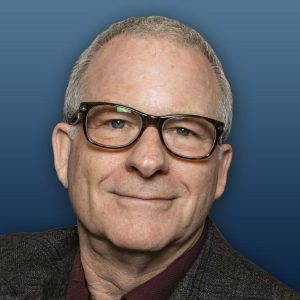
Gordon T. Taylor is a professor in the School of Marine and Atmospheric Sciences. He also serves as head of SoMAS’ Marine Sciences Division and as director of the NAno-Raman Molecular Imaging Laboratory (NARMIL). His alma mater is University of Southern California, where he earned his PhD in 1983.
“I am truly honored and humbled by this recognition,” said Professor Taylor. “I am indebted to all my talented, hard-working students and colleagues who were so instrumental in the achievement of my scientific goals. My sincere gratitude to AAAS for this acknowledgement. It means a great deal to me to join the ranks of AAAS Fellows.”
Professor Taylor is being honored for his distinguished contributions to furthering understanding of microbial mediation of marine biogeochemical processes, ecological interactions among microorganisms in marine food webs, and technical advances in Raman microspectrophotometry.
Katherine B. Aubrecht
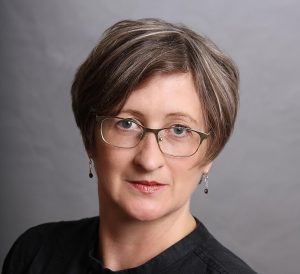
Katherine B. Aubrecht is an associate professor in the College of Arts and Sciences department of Chemistry and in the School of Marine and Atmospheric Sciences division of Sustainability Studies. Her alma mater is Cornell University, where she earned her PhD in 1999.
“The American Association for the Advancement of Science (AAAS) works to advance science for the benefit of all by focusing on research, education, engagement with the public, and the use of science to inform policy,” said Professor Aubrecht. “I am grateful to be nominated and elected as an AAAS Fellow. I am also grateful for the opportunities at SBU for cross-disciplinary discussions and collaborations.”
Professor Aubrecht is being honored for her contributions to advancing chemistry education by incorporating green chemistry, sustainability, and systems thinking to foster more connected and relevant teaching and learning. She has worked with the American Chemical Society’s Green Chemistry Institute and Committee on Environment and Sustainability to further these objectives.
Michael A. Bender
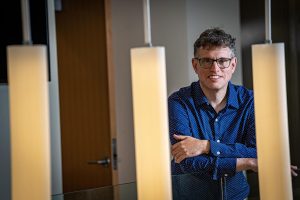
Michael A. Bender is the John L. Hennessy Chaired Professor of Computer Science in the College of Engineering and Applied Sciences Department of Computer Science, where he runs the computer science honors program. He has won several awards, including an R&D 100 Award, a Test-of-Time Award, a Distinguished Paper Award, two Best Paper Awards, and five awards for graduate and undergraduate teaching. His alma mater is Harvard University, where he earned a PhD in 1998. Bender has also held Visiting Scientist positions at both MIT and Kings College London, and is a co-founder of the software company Tokutek, which was acquired by Percona in 2015.
“I am deeply honored to be recognized as an AAAS Fellow,” said Professor Bender. “I’m especially grateful for the collaborative efforts of many brilliant students, colleagues, and industry partners who have contributed to advancing our field.”
Professor Bender is being honored for his distinguished contributions to the foundations of data structures and their applications.

